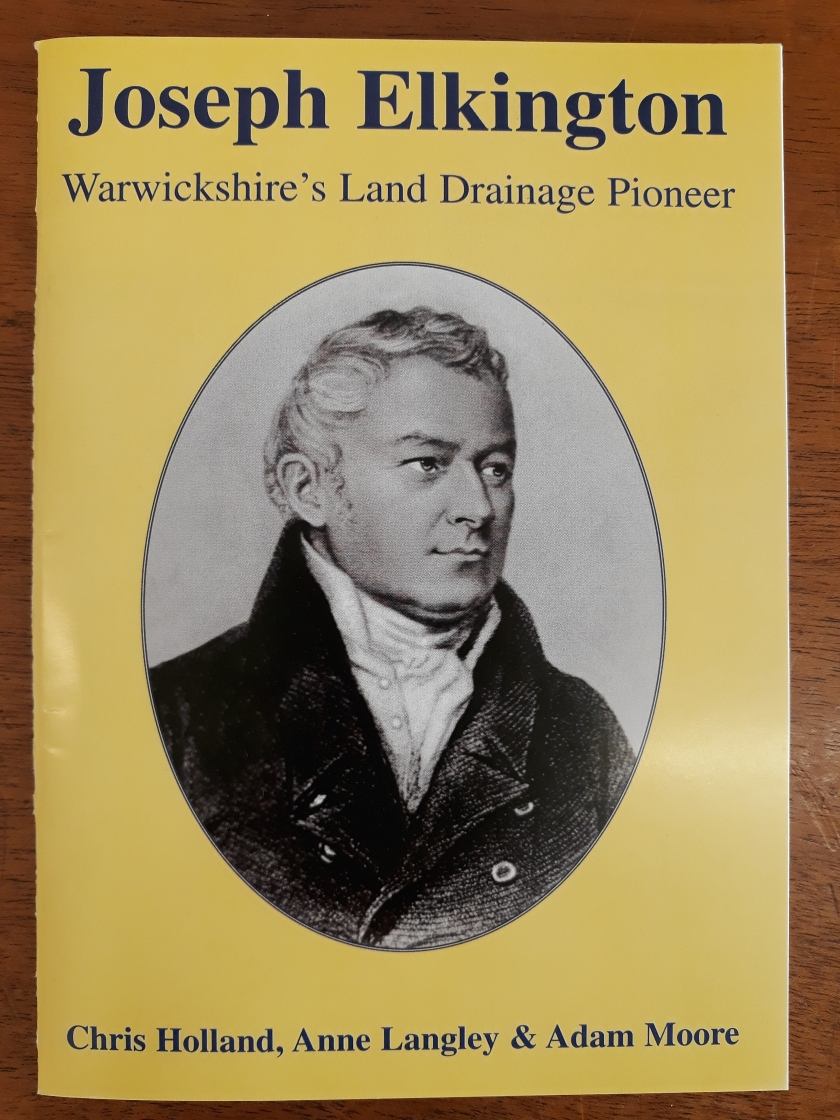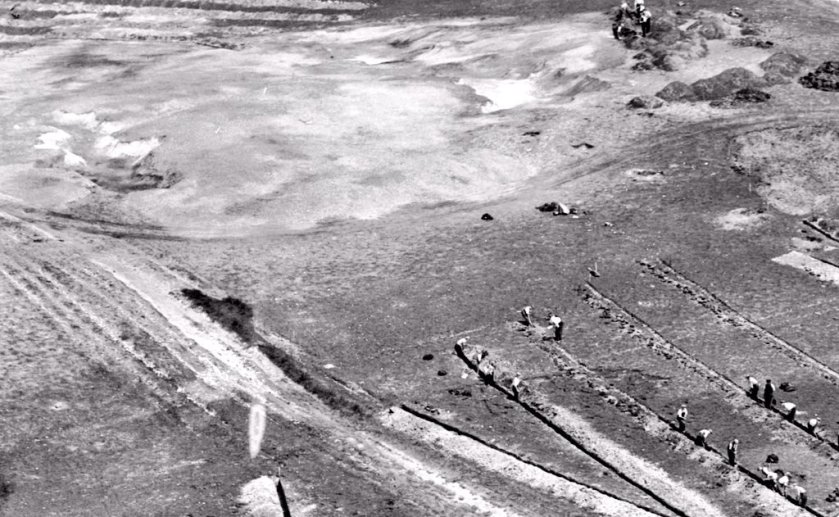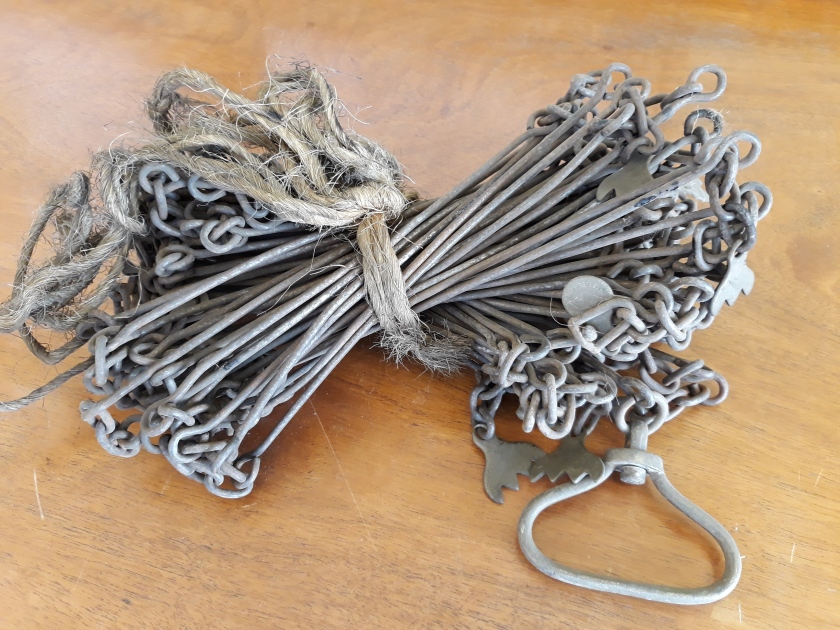I have been posting a series of tweets entitled #Drainagehistory #LandDrainageFacts, Just a bit of fun really, I thought I would post them all on here as well. This is part one, part two will follow in a couple of weeks
The materials used for backfilling early drains were those most easily obtained, so a variety of drain types evolved, utilising stones, bricks, straw ropes or hedge trimmings for example.
Jospeh Elkington from Warwickshire was an early drainage pioneer who used an understanding of soil types and the water table to drain land. So grateful was parliament that it awarded him a grant of £1,000.00 in 1795.

About £12M (£1.3 billion today) was loaned from 1850 to 78 by government & private companies, to install drainage, also many landowners drained land with their own money.
In 1845 Thomas Scragg, invented a machine for producing drainage tiles, which brought their price down by some 70%, allowing drainage to be carried out on a large scale for the first time.

Often it is not possible to date old pipes accurately, but those stamped with ‘DRAIN’ were almost certainly made between 1826 & 1850 as field drains made in this period were exempt from a tax on clayware if so marked.
Drainage is mentioned in the novel Middlemarch by George Elliot, 1871 “see that your tenants don’t sell their straw and give them draining tiles you know but your fancy farming will not do” (abridged)
Ridge & furrow was one of the oldest practices to ensure that at least some of the land was moderately well drained, especially in clay areas, where it exploited the natural properties of the clay to dispose of surface water by run-off
Despite all the benefits of modern(ish) equipment & materials, the 250,000ac drained each year in the 1970’s & 1980’s was still well below the annual peak of the C19th drainage mania, all of which was installed by hand
Soil strength is direct linked to the water table. As many who have ended up axle deep will understand…

Traditionally in land drainage, distances where measured in rods and chains. 1 rod equals 5.5yds/5m and a chain 22yds/20m

Cato the elder (BC 234-149) Roman senator praised drainage schemes “if the land is wet it should be drained … in stiff soils open ditched should be used and in loose soils the drains should be covered”
Drainage has a long history, the oldest known systems date back some 9000 years in Mesopotamia, Drain pipes were in use 4000 years ago in the lower Indus Valley and bamboo pipes were used in ancient China




